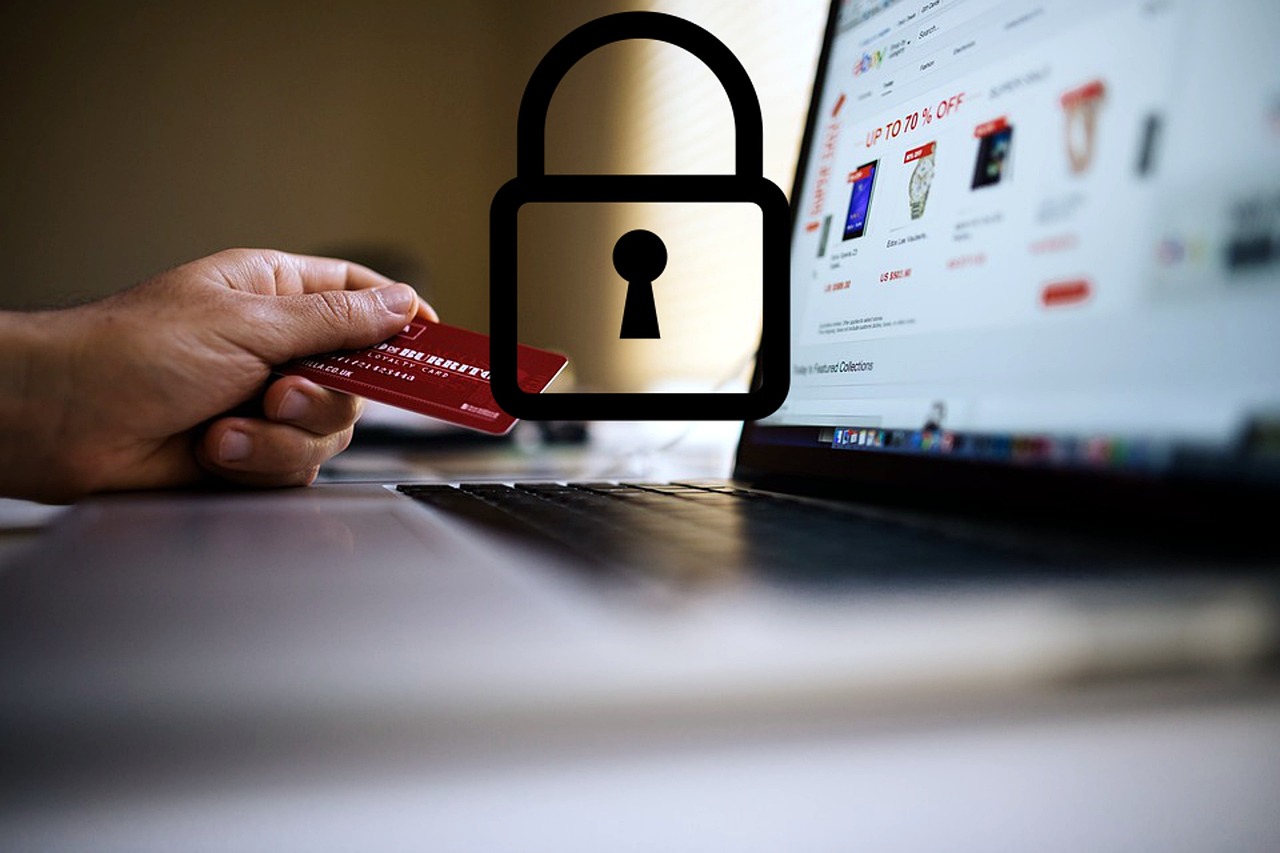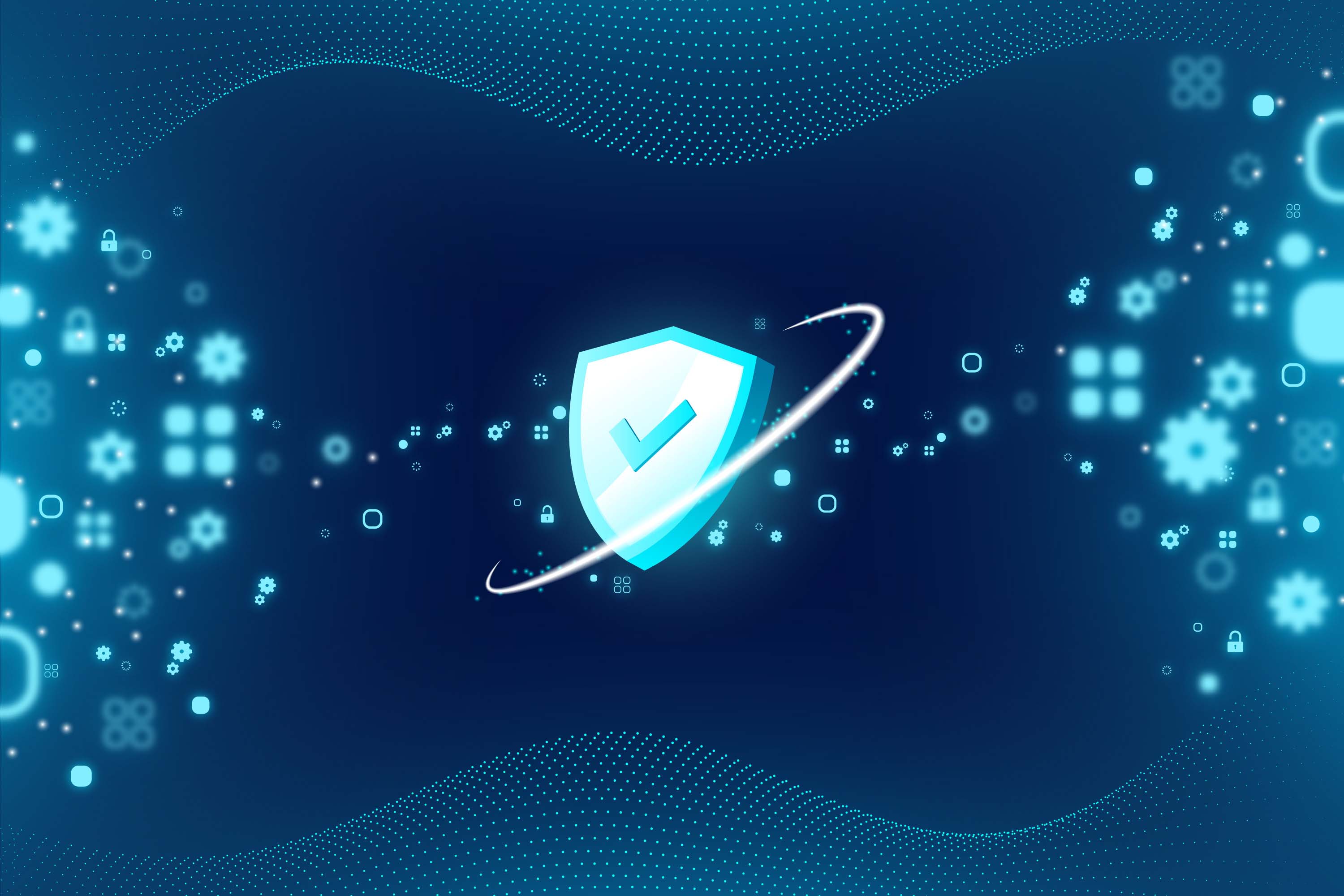
por Rebeca | Oct 27, 2022 | Sin Categoria
Cybersecurity has become much more complicated in recent years and that affects the digital trust of a company. The days when antivirus software and a network firewall were enough to get the job done are behind us. In the past, many IT professionals were very good at defending the perimeter to keep digital assets safe. But in today’s IT environment, such a perimeter does not exist.
Digital Trust in companies and its importance
With the rise of cloud computing, DevOps, the IoT and employees accessing systems with an array of devices from all over the world, the network “perimeter” has become difficult to define. In response, companies are shifting their attention to authentication. In response, companies are shifting their attention to authentication. Companies are moving away from traditional perimeter security methods in favor of strong identity-centric technology. As well as choosing digital certificates instead of public key infrastructure (PKI).
2021 was another memorable year. In fact, many organizations create remote processes in response to the pandemic. That’s why he spent this past year optimizing and hardening his systems. In this way they can guarantee a positive and safe experience for their client.
However, with identity theft, payment fraud, phishing, and other financial crimes at an all-time high, the work of digital security is never done. In an era of ever-present digital threats that can undermine and erode stakeholder trust, organizations should invest to earn “digital trust”. That is, protect their data and information from fraud and bad actors to safeguard their relationships, reputation, and revenue. This task could be more difficult than ever before as technology and the threats to digital trust it enables continue to evolve.
Requirements and details about digital trust and its importance
The stakes are high and any misstep can affect customer loyalty. In addition to negatively changing financial performance, brand value and ultimately undermining an organization’s ability to build and maintain trust. Surveys suggest that 81% of consumers lose trust in a brand after a breach. While 25% stop interacting with it altogether. The pandemic accelerated the move to digital work infrastructures. This drove spending on emerging technology security strategies and solutions.
It is important to note that addressing digital trust must include an end-to-end interdisciplinary approach between people. As well as between processes, governance and regulation, with technology being a key enabler. In this study, we focus on advanced technology enablers that organizations can explore, over and beyond existing cyber measures, to enhance digital trust.
Chief security officers should play a key role in building trust with customers, and that translates to better customer acquisition, greater customer loyalty, and more revenue.
Digital trust is the measure of consumer, partner and employee confidence in an organization’s ability to protect and secure data and the privacy of individuals. As data breaches become bigger and more common, digital trust can be a valuable commodity for companies that earn it, and it is starting to change the way management looks at security.
How to build trust with customers
Building trust is no simple task. As well as doing the normal security tasks of implementing the right technologies and processes to ensure good security posture, organizations need to communicate.
To help build trust, he says organizations need to be upfront and transparent with their customers. They should clearly explain what they are doing with data and why, be clear what data is being collected and what it will be used for, and explain what security steps and processes are in place to ensure it remains secure.
Final words about digital trust
For example, using multifactor authentication (MFA) is good security practice, but communicating why a customer is being asked to provide extra authentication during a transaction or process helps build that trust. “It’s important that a company demonstrates to their customers why they’re putting extra layers of security; say ‘we’re doing this because’ as opposed to ‘we’re doing this’.”
References:
(1) Deloitte
(2) security Solution
(3) Solution Review
Picture:
Foto de Negocios creado por rawpixel.com – www.freepik.es

por Rebeca | Oct 26, 2022 | Ciberseguridad
El sector Retail frente a los ciberataques; Cyberattacks against the retail sector are an ongoing concern. There are a number of factors that make retail systems attractive targets for hackers. Fortunately, there are also effective safeguards against these attacks. In an industry that has traditionally only seen crime in the form of shoplifting, online retail has become a favourite target among cyber criminals and has been one of the most attacked sectors this year.
Customer information has been perhaps the biggest target, including both details from card payments and general personal information. Retailers have access to a wealth of sensitive data about their customers, who use often-repeated; login details for their accounts. As businesses increase their use of cloud computing and third-party vendors, supply chains have also become a common attack surface full of vulnerable touchpoints, particularly as retailers can’t always guarantee that their suppliers have robust cyber security in please, or even take security as seriously.
Retail Cybersecurity Statistics
Retailers have always been attractive targets for cyber attackers and data thieves. But now, cybersecurity issues in retail have become an even bigger concern. Consider these recent (2020) retail cybersecurity statistics:
- 24% of cyberattacks targeted retailers, more than any other industry (Trustwave)
- 34% of retailers said cybersecurity worries were their primary hindrance in moving to e-commerce (BDO)
- 34% also said that cyber attacks or privacy breaches were their most serious digital threat (BDO)
- Financial motives drove cyber attackers in 99% of retail cyber attacks (Verizon 2020)
- When data is compromised in an attack, 42% is payment information and 41% is personally identifiable data (Verizon 2020)
Sources: (1) helpnetsecurity.com (2) ITPro (3) Forbes Picture: Foto de mano con dinero creado por rawpixel.com – www.freepik.es -El sector Retail frente a los ciberataques-

por Rebeca | Oct 26, 2022 | Ciberseguridad
Every company must face the new cybersecurity challenges and for this there is a new approach. «Developing a fully integrated strategic approach to cyber risk is fundamental to manufacturing value chains as they align with the operational technology (OT) and IT environments—the driving force behind Industry 4.0«, Deloitte said recently.
With the advent of Industry 4.0, threat vectors are expanding. That is why new risks must be considered and addressed. The main objective will be to implement a safe, vigilant and resilient cyber risk strategy. When supply chains, factories, customers, and operations are connected, the risks of cyber threats increase. The risks are enhanced and have a greater scope, he added.
Adopting new approaches and challenging conventional thinking is essential in an increasingly digitized world. “In terms of security, if we’re not moving forwards and developing, then we are effectively going backwards because our adversaries will definitely be moving forward,” commented Johnson (partnerships and outreach manager (digital and STEM), founder and director of Women in Cyber Wales)
Technology change has been beneficial to both organizations and its employees. The adoption of technological innovations by organizations has skyrocketed in recent decades. increase global spending on technology across all industries.
The adoption of new technologies brings many benefits to the company. At the same time it comes with risks and free threats. The new technology must fit perfectly into the business. If the right fit is not ensured the sustenance will be at large risk.
The adoption of new technologies to overcome cybersecurity challenges
New technology while adopting create internal conflict in an organization. They are such as managerial, Technological, sociological and economic related. There are several attributes of conflicts and they are usability, interoperability, common business views, agility, scalability, reliability, openness, manageability, infrastructure and security. Here Security assumes major role.
With data breaches continuing to pose a threat to any emerging technology, it’s critical to think about a good investment in cybersecurity. The increase in technology exists in any type of business, from health care, finance, manufacturing, services or any other. In order for these companies to be able to exploit them efficiently and prosper, they must put into practice cybersecurity policies and practices.
It is necessary to adequately analyze the security risks of the technology that will be implemented. In addition, before institutionalizing technologies, effective strategies must be implemented.
Why Security Standards Are Important
Conformance with established standards and best practices is essential for increasing the protection baseline in cybersecurity. Many organisations lack personnel experienced in the domain and, therefore, have a hard time adopting new approaches and techniques. Education is an important component, but in-depth knowledge is hard to transfer.
Thus, certification methodologies that distil certain best practices into structured, easy-to-apply guidelines have an important role in the proliferation of cybersecurity innovation.
The Evolution of Threat Hunting
Threat hunting continues to evolve for organizations that focus on proactively detecting and isolating Advanced Persistent Threats (APTs) that might otherwise go undetected by traditional, reactive security technologies.
While many SOCs are struggling to cope with the current security threat workload, more organizations are adopting threat hunting as part of their security operations. They are discovering that proactive threat hunting can reduce the risk and impact of threats while improving defenses against new attacks.
Source:
(1) cyber-security.com
(2) cio.com
(3) Deloitte.com
(4) cybersec4europe.eu
Picture: Vector de Fondo creado por pikisuperstar – www.freepik.es

por Rebeca | Oct 25, 2022 | Ciberseguridad
Cyber resilience refers to the ability to protect electronic data and systems from cyberattacks. As well as to quickly resume business operations in the event of a successful attack. According to Statista, 37% of organisations globally became a victim to a ransomware attack in 2021. Additionally, 68.5% were victimised by ransomware – an increase on the previous three years.
Companies now must find intelligent ways of reducing digital footprints across cybersecurity quicksand to ensure their environments are secure. Cyberattacks are a serious threat to each of us. Because attackers could try to hack into a private computer or an organisation for economic gain or simply for demonstrative purposes. Generally their goals are simply to cause harm and disruption.
This threat has to be taken seriously by banks, financial institutions, and financial market infrastructures (such as payment or settlement systems). But cyberattacks are not only a threat to individual institutions. Given the high level of interconnectedness within the financial sector, they can also pose a threat to the stability of the overall financial ecosystem.
The Australian Securities & Investments Commission share some Cyber resilience good practices.
In an increasingly digitized world where cyberattacks are growing at an alarming rate, it is hard to imagine running a business without a comprehensive cyber resilience strategy. With the shift towards hybrid work, cyberattacks are an unfortunate reality for businesses of all shapes and sizes. Attacks leveraging social engineering and other techniques are increasingly effective, which means no organization is safe.
A solid program enables you to prepare for and effectively respond to and recover from such attacks. A cyber-resilient organization can protect its core business functions against cyberattacks and ensure business continuity during and after a disruptive incident.
Do We Need a Cyber Resilience strategy?
Cyber resilience is highly beneficial for your organization. By improving the overall security of the company, it is protected from serious harm such as financial loss, loss of sensitive data and cyber attacks. Additionally, it helps protect your brand reputation by enabling you to efficiently manage cyber risks. It helps improve your organization’s corporate culture and business processes, thereby reducing risk and enhancing security in the process.
A cyber resilience plan helps you comply with complex legal and regulatory requirements. This technique minimizes business interruptions and downtime. At the same time, it allows business operations to continue during and after an incident. When put into practice, any cyber resilience strategy must require a preventive measure. In this way, the effect of human errors, software vulnerabilities or incomplete or poorly executed configurations is prevented.
Therefore, the goal is to protect the organization. No matter how strong the security controls are, there will be insecure parts.
How Can Cyber Resilience Be Improved?
Here are four methods that you can use to strengthen your organization’s cyber resilience:
- Automation.
- Implement Stringent Security Protocols.
- Make Cyber Resilience a Part of Your Corporate Culture.
- Back Up Your Data.
Sources:
(1) asic.gov.au
(2) spanning.com
(3) itgovernance.eu

por Rebeca | Oct 25, 2022 | Ciberseguridad, Cliente, Noticias
Cyberattacks against the retail industry are an ongoing concern. There are a number of factors that make retail systems attractive targets for hackers. Fortunately, there are also effective safeguards against these attacks.
In an industry that has traditionally only seen crime in the form of shoplifting, online retail has become a favourite target among cyber criminals and has been one of the most attacked sectors this year.
Customer information has been perhaps the biggest target, including both details from card payments and general personal information. Retailers have access to a wealth of sensitive data about their customers, who use often-repeated login details for their accounts.
As businesses increase their use of cloud computing and third-party vendors, supply chains have also become a common attack surface full of vulnerable touchpoints, particularly as retailers can’t always guarantee that their suppliers have robust cyber security in please, or even take security as seriously.
Website attacks
Attacks on retail industry websites were notably higher than all other industries last year, and were characterized by more sporadic peaks in attacks.
Common website functionality like chatbots, payment services and web analytics are enabled by third-party JavaScript that executes on the client side. The functionality is a necessity for eCommerce, but is increasingly vulnerable to attack. Since many of the services operate outside of the security team’s control, it’s a blindspot for organizations and a potential fraud risk for consumers.
Scaling up quickly
In order to keep pace with consumer demand for buying online and, in some cases, to save businesses whose physical stores have suffered during the pandemic, many online shops opened or scaled up quickly. In many cases, this means they have not been implementing comprehensive cybersecurity solutions along the way. This fast scale-up or establishing of online presence also means that many retailers are relying on outside vendors for services like payment processing, shopping cart functions and other features. This makes retailers–and in turn their customers–vulnerable to supply chain attacks, when bad actors gain access to a service provider, then use that to target its subscribers and clients either directly or indirectly.
Retail Cybersecurity Statistics
Retailers have always been attractive targets for cyber attackers and data thieves. But now, cybersecurity issues in retail have become an even bigger concern. Consider these recent retail cybersecurity statistics:
- 24% of cyberattacks targeted retailers, more than any other industry (Trustwave)
- 34% of retailers said cybersecurity worries were their primary hindrance in moving to e-commerce (BDO)
- 34% also said that cyber attacks or privacy breaches were their most serious digital threat (BDO)
- Financial motives drove cyber attackers in 99% of retail cyber attacks (Verizon 2020)
- When data is compromised in an attack, 42% is payment information and 41% is personally identifiable data (Verizon 2020)
Common website functionality like chatbots, payment services and web analytics are enabled by third-party JavaScript that executes on the client side. The functionality is a necessity for eCommerce, but is increasingly vulnerable to attack. Since many of the services operate outside of the security team’s control, it’s a potential fraud risk for consumers.
See how Soffid can help you stay ahead of the curve in a rapidly evolving digital world, shall we talk?
Sources:
(1) helpnetsecurity.com
(2) ITPro
(3) Forbes
(4) finextra
Picture: Foto de mano con dinero creado por rawpixel.com – www.freepik.es






